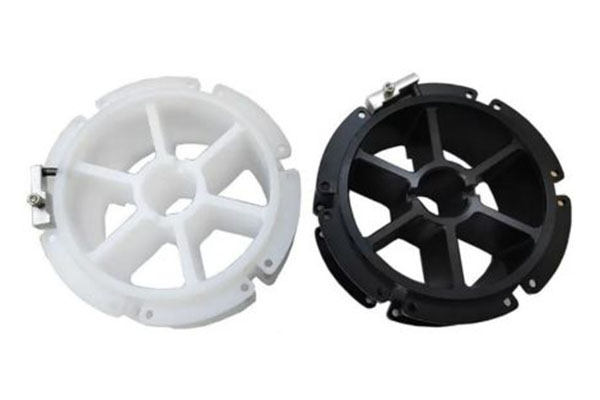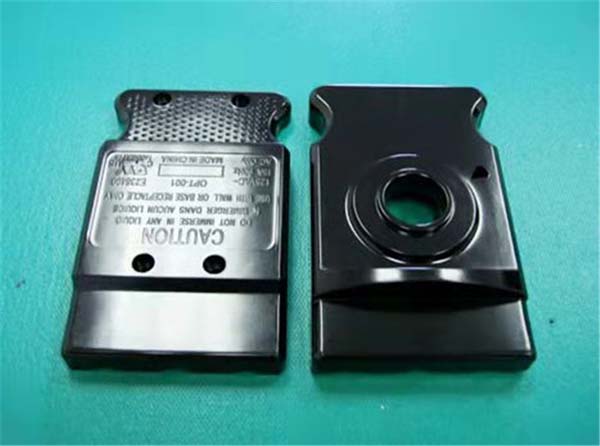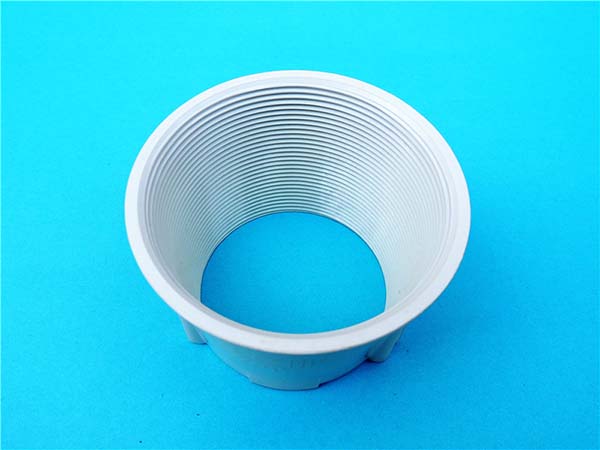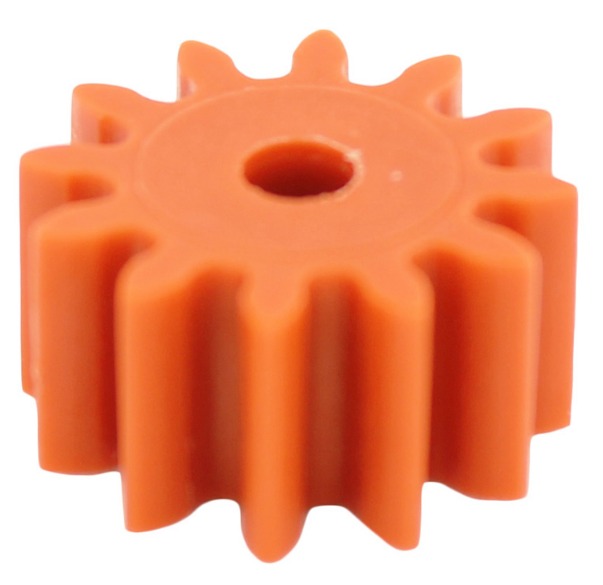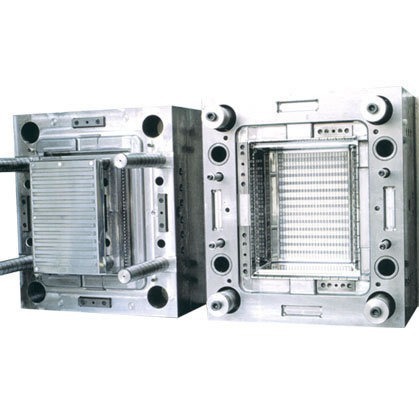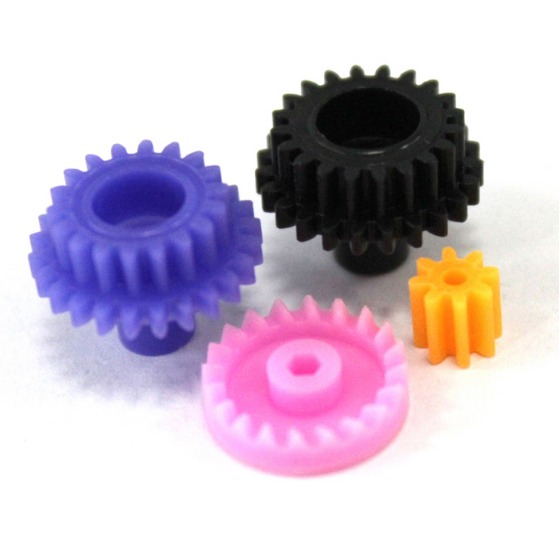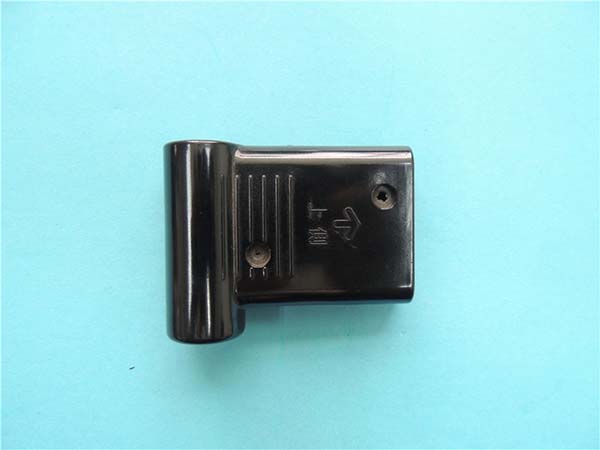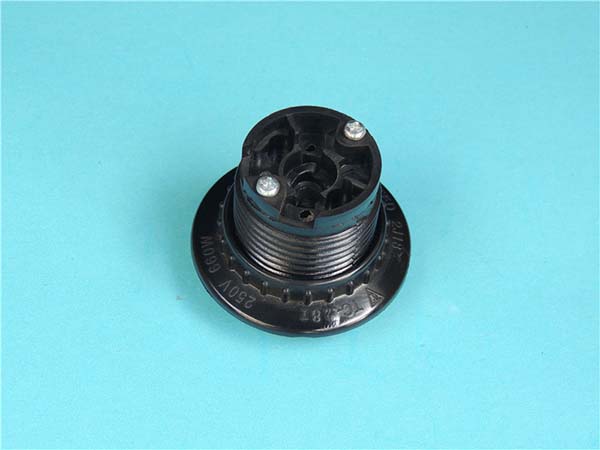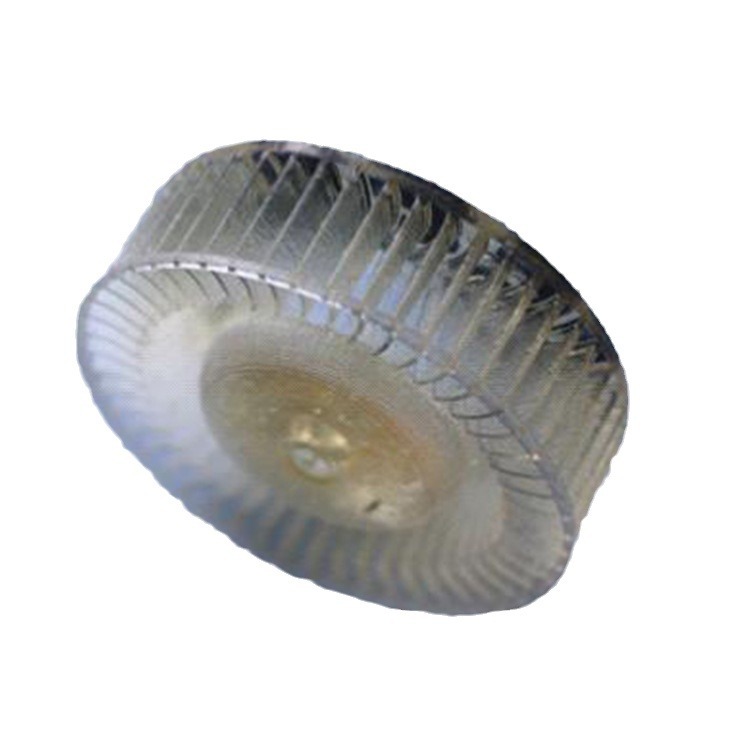Understanding the Basics of Plastic Part Costing
Plastic part costing is a crucial aspect in the manufacturing industry. Whether you're producing small components for electronics or large parts for automotive applications, accurately calculating the cost of plastic parts is fundamental to the success of any project. It directly impacts the overall profitability of a business, as well as the competitiveness of the final product in the market.
For instance, in a high - volume consumer electronics manufacturing scenario, a slight miscalculation in plastic part costing can lead to significant financial losses over time. If the cost of a plastic housing for a smartphone is overestimated during the initial production planning, the company may set a higher retail price than its competitors, potentially losing market share. On the other hand, underestimating the cost can result in production delays or quality compromises when trying to meet budget constraints.
Understanding plastic part costing is not just about adding up the costs of raw materials and manufacturing processes. It involves a comprehensive analysis of multiple factors, each playing a distinct role in determining the final cost. This understanding forms the basis for effective cost - optimization strategies, which we will explore in detail later in this article. In the following sections, we'll delve into the key factors that influence plastic part costing, from the type of plastic material used to the complexity of the manufacturing process.
Factors Influencing Plastic Part Costing
Material Selection
The choice of plastic material is a fundamental factor in determining the cost of plastic parts. Different plastic materials have a wide range of price variations. For example, common plastics like polyethylene (PE) and polypropylene (PP) are relatively inexpensive, with prices often ranging from \(1 - \)3 per kilogram. They are widely used in applications such as packaging and low - cost consumer goods due to their cost - effectiveness.
On the other hand, engineering plastics such as polycarbonate (PC) and polyamide (PA), which offer better mechanical properties, heat resistance, and chemical resistance, are more costly, usually priced between \(5 - \)15 per kilogram. High - performance plastics like polyetheretherketone (PEEK) can be extremely expensive, with prices upwards of $100 per kilogram. PEEK is used in specialized applications like aerospace and medical devices, where its superior heat resistance, chemical stability, and mechanical strength are crucial.
The material's properties also play a role in cost. A material with high strength and durability may require less material to achieve the same functionality, potentially offsetting its higher per - unit cost. However, materials that are difficult to process, such as those with high viscosity or specific processing requirements, may increase production costs due to longer processing times or the need for specialized equipment.
Part Design Complexity
The complexity of a plastic part's design has a significant impact on its cost. A simple, straightforward design with few features, like a basic plastic box, will generally have a lower production cost compared to a complex part with intricate geometries, undercuts, thin walls, or fine details.
For instance, consider two plastic parts: a simple, cube - shaped container and a multi - functional automotive interior component with complex curves, snap - fit features, and internal channels. The cube - shaped container can be easily produced with a basic mold and standard injection molding processes. In contrast, the automotive component requires a more complex mold design with multiple moving parts (such as slides and cores) to create its intricate features. The design and manufacturing of this complex mold can be several times more expensive than that of the simple mold for the cube - shaped container.
Let's take a look at the following cost comparison table:
| Part Design | Mold Cost | Manufacturing Cost per Unit |
| Simple Plastic Box | $5,000 | $0.50 |
| Complex Automotive Component | $20,000 | $2.00 |
As the table shows, the complex automotive component incurs a much higher mold cost and a higher per - unit manufacturing cost due to its intricate design. Each additional feature or complexity in the design not only increases the mold - making cost but also may lead to longer cycle times during production, higher scrap rates, and more complex quality control procedures, all of which contribute to the overall cost increase.
Production Volume
Production volume has a substantial influence on the unit cost of plastic parts. In large - scale production, economies of scale come into play. For example, when producing 10,000 plastic parts, the fixed costs (such as mold costs, equipment setup costs) are spread over a large number of units, resulting in a relatively low unit cost.
Let's assume the mold cost for a particular plastic part is \(10,000. If only 100 parts are produced, the mold cost per unit is \)100 (\(10,000 / 100). However, if 100,000 parts are produced, the mold cost per unit drops significantly to \)0.10 ($10,000 / 100,000).
As the production volume increases, the unit cost decreases rapidly at first and then gradually levels off. This is because, at higher production volumes, the impact of fixed costs on the unit cost becomes less significant, and the variable costs (such as material and labor costs per unit) start to dominate. In contrast, for small - batch production, the high fixed costs per unit can make the overall cost per part relatively high, making it less cost - effective compared to large - scale production.
Manufacturing Process
The manufacturing process chosen for plastic parts also affects the cost. Injection molding is one of the most common and cost - effective processes for high - volume production. It allows for the rapid production of parts with high precision and good surface finish. The initial investment in injection molding equipment and molds can be high, but for large production runs, the per - unit cost is low.
3D printing, on the other hand, is more suitable for small - batch production, prototyping, or producing parts with highly complex geometries that are difficult to achieve with traditional methods. However, 3D printing typically has a higher per - unit cost due to the cost of the printer, printing materials, and longer production times. For example, producing a small batch of 10 plastic parts through injection molding might cost \(200 in total (including mold setup and material costs), with a per - unit cost of \)20. If the same 10 parts are produced using 3D printing, the cost could be \(500, with a per - unit cost of \)50.
Another process, blow molding, is often used for producing hollow plastic parts like bottles. It has its own cost structure, which is influenced by factors such as the size of the part, the complexity of the mold, and the production volume. Each manufacturing process has its own set of advantages and cost implications, and choosing the right one depends on the specific requirements of the plastic part, including the production volume, design complexity, and required quality.
Yigu Technology's Perspective
As a non - standard plastic metal products custom Supplier, Yigu Technology understands the significance of cost control in the manufacturing process. We believe that optimizing plastic part costing without sacrificing quality is the key to long - term success.
Firstly, we focus on material selection. By having in - depth knowledge of various plastic materials and their properties, we can recommend the most suitable materials for our clients' projects. This not only ensures that the final product meets the required performance standards but also helps in cost - effective production. For example, when a client needs a part with certain mechanical properties, we might suggest a slightly less expensive material that still meets the criteria, saving costs without compromising quality.
Secondly, in terms of part design, our experienced engineers conduct a thorough Design for Manufacturing (DFM) analysis. This allows us to identify and simplify complex design elements that may increase costs. By working closely with clients during the design phase, we can make design modifications that reduce production complexity while maintaining the part's functionality.
Finally, for production volume, we are well - equipped to handle both small - batch and large - scale production. For small - batch production, we use advanced manufacturing techniques like 3D printing for prototyping and low - volume production, which is more cost - effective in such scenarios. In large - scale production, we leverage our efficient production lines and supply chain management to achieve economies of scale, passing on the cost savings to our clients. Overall, at Yigu Technology, we are committed to helping our clients achieve optimal plastic part costing while delivering high - quality products.
FAQs about Plastic Part Costing
What is the most cost - effective plastic material for general - purpose parts?
For general - purpose parts, polyethylene (PE) and polypropylene (PP) are often the most cost - effective choices. PE typically costs around \(1 - \)3 per kilogram. It has good chemical resistance, is lightweight, and is easy to process. For example, it is widely used in the production of plastic bags, bottles, and containers. PP, with a similar price range, offers excellent stiffness, heat resistance compared to PE, and is also recyclable. It is commonly found in automotive interior parts, household appliances, and food packaging. Both materials are suitable for a wide range of applications where high - performance properties are not required, making them ideal for cost - conscious projects.
Does the color of the plastic part affect its cost?
Yes, the color of a plastic part can affect its cost. If you choose a standard color that is commonly available in the market, the cost impact may be minimal. However, if a custom or special color is required, it can increase the cost. Special pigments or dyes may be needed, which can be more expensive than regular ones. For example, some high - performance pigments used to achieve vibrant or metallic colors can cost significantly more.
The coloring process also matters. Using color - masterbatch (a concentrated mixture of pigment and carrier resin) is a common and relatively cost - effective way to color plastics for high - volume production. But if the part requires a more complex coloring method like post - molding painting or a special surface treatment for color, it will add to the cost. Painting a plastic part not only incurs the cost of paint but also requires additional processing steps, such as surface preparation, drying, and quality control, all of which contribute to the overall cost increase.
